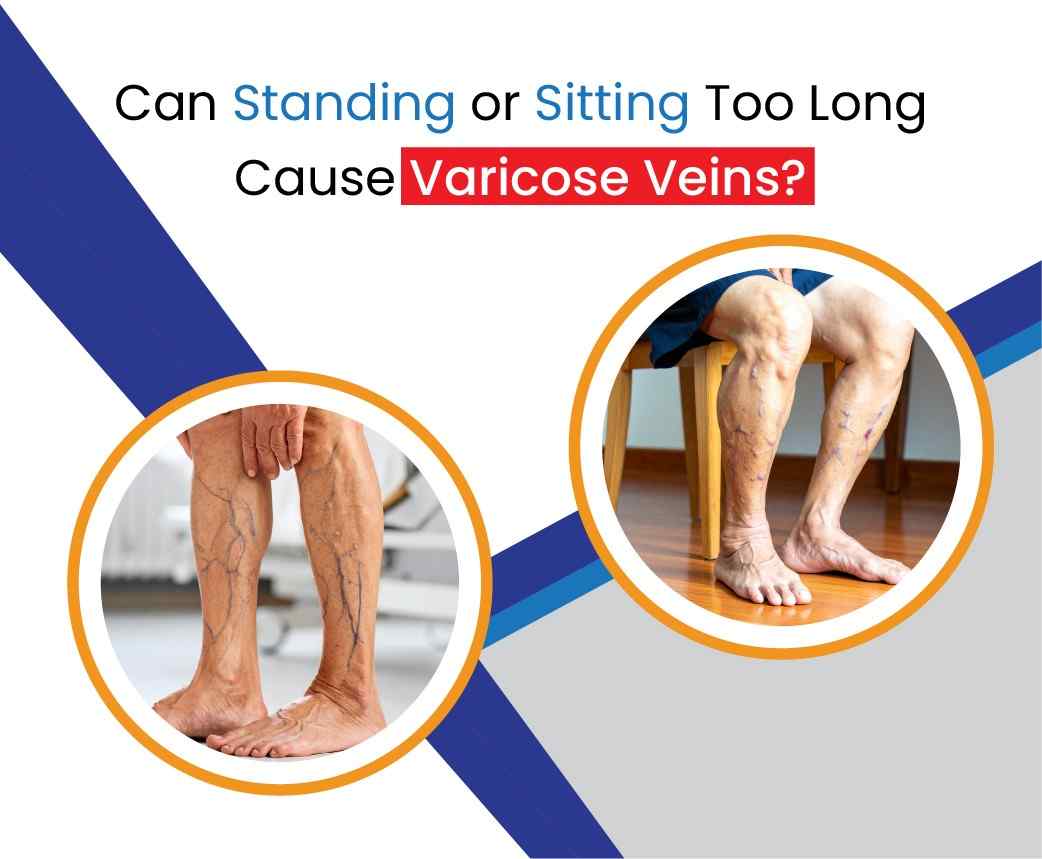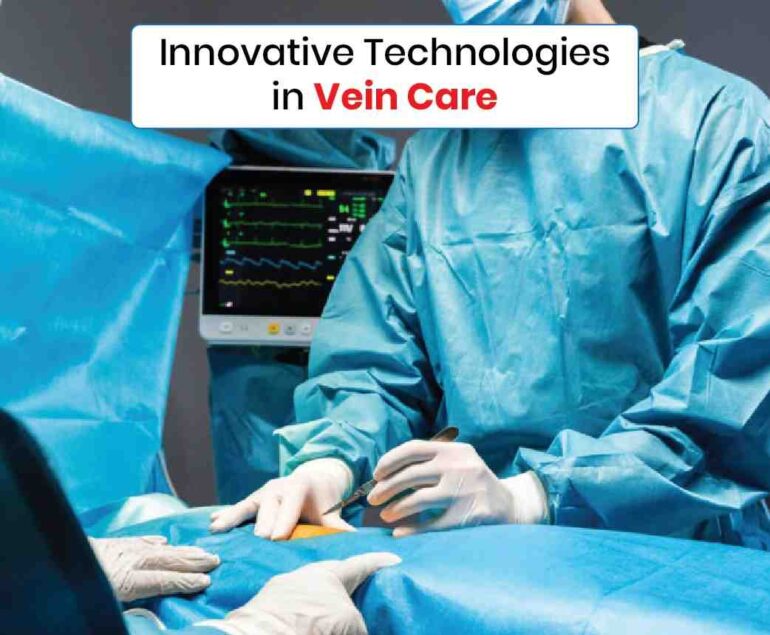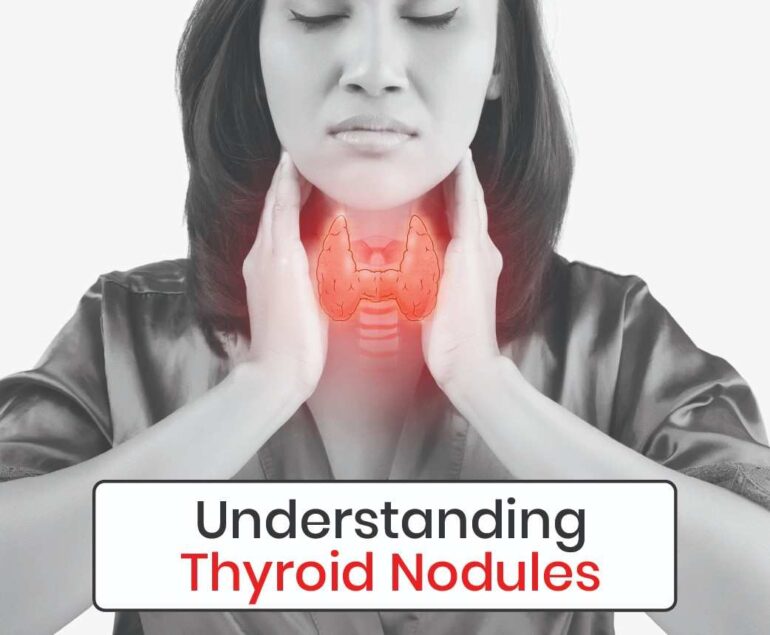In today’s world, many jobs demand long hours of sitting at a desk or standing on your feet. Teachers, retail workers, drivers, and IT professionals often spend 8–10 hours in one position. But can this really lead to varicose veins? The answer is yes. Prolonged sitting or standing is a major risk factor for varicose veins, and understanding why can help you take preventive steps before the condition worsens.
The Medical Explanation
Veins in the legs play a crucial role in carrying blood back to the heart. To fight gravity, they rely on tiny one-way valves and the pumping action of leg muscles. When you sit or stand for long periods, your calf muscles stay inactive. Blood starts to pool in the lower legs, increasing pressure inside the veins. Over time, this extra pressure weakens vein walls and damages the valves, causing varicose veins.
This is why varicose veins are more common in people with sedentary desk jobs or professions that involve constant standing. If untreated, they can progress to swelling, skin discolouration, or even venous ulcers.
Risks and Misconceptions
A common misconception is that only older adults or people with a family history of vein disease develop varicose veins. While genetics play a role, lifestyle is equally important. Even young professionals in their 20s and 30s who spend long hours at a computer or counter are at risk.
Another myth is that exercise can completely cancel out the effects of prolonged sitting. While regular movement helps, it does not eliminate the risk if you spend most of your day immobile. Ignoring early signs like heaviness, aching, or swelling may lead to complications such as deep vein thrombosis (DVT) or skin ulcers.
Practical Tips and Lifestyle Support
If your work requires long hours of standing or sitting, these tips can make a difference:
- Take short breaks every 30–60 minutes to walk, stretch, or do calf raises.
- Elevate your legs when resting to improve circulation.
- Avoid crossing legs for long periods, as it increases venous pressure.
- Stay hydrated and maintain a healthy weight to reduce strain on veins.
- Wear compression stockings for varicose veins if recommended by your doctor.
Simple daily habits can help reduce your risk and delay the progression of vein problems.
When to See a Specialist
Seek medical attention if you notice persistent swelling, throbbing, itching, or skin darkening around your ankles. These are warning signs that varicose veins may be progressing. A vascular surgeon can perform a duplex ultrasound scan to diagnose the condition and suggest treatments like laser therapy, radiofrequency ablation, or foam sclerotherapy. These minimally invasive options provide lasting relief and quick recovery.
Conclusion
Yes, standing or sitting too long can cause varicose veins, and it’s a growing concern in today’s sedentary lifestyle. The good news is that early intervention, lifestyle adjustments, and modern treatments can effectively manage the condition.
At Avis Vascular Centre, Dr. Rajah V. Koppala and his team specialise in advanced, minimally invasive treatments for varicose veins. Don’t let your job affect your health book a consultation today and take the first step toward stronger, healthier legs.




